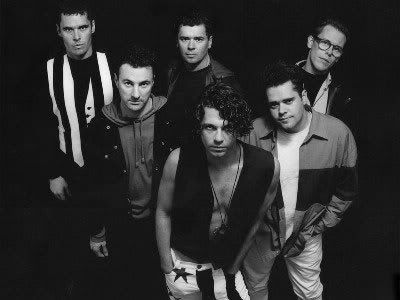I'm heading way out of my comfort zone, exposing myself to yellow fever (got my vaccination!), malaria (pills: check!) and deadly animals with sharp teeth. But I'm not just talking about the three days I'll spend camping in the middle of the Serengeti. Can a loner like me who actually prefers to travel solo, handle 10 days and 9 nights on the road (mostly unpaved, I imagine) with up to 17 strangers? It'll either change my life or make me want to end it.
Yes, I have my hopes and fears, but being a glass-half-full type, I'm choosing to accentuate the positive -- and there are a lot of reasons for me to look forward to what the first half of July holds. Here are 9 of them, one for each night I'll lay me down to sleep on the road. (I'll bookend the overland tour with one night in Dar and one in Nairobi.)
1. Every time I dreamed of Africa before actually coming here, visions of a safari, not Cape Town's spectacular natural/man-made cityscape, were dancing in my head. It's pretty much what put Africa on my to-do list, even before I was old enough to care about Cape Town. Many years ago when I interviewed Suzanne Vega, she talked about the exciting life she wanted to lead: "I'm not necessarily talking about going on an African safari…." Are you kidding? I thought to myself. I'd kill to go on an African safari! Some 20 years later, I'm about to fulfill one of my key requirements for leading an exciting life -- and nobody had to be killed.
2. I know little things mean a lot and all that jazz, but it can't be good that the highlight of yesterday was finding that fabulous wine-bottle opener at Pic n Pay. My days and nights are begging for upheaval, even if I'll be spending most of the former admiring breathtaking scenery while an 18-seater truck takes us through Tanzania, from the Indian Ocean coast up through the north east of the country.
3. After two weeks without a drop of alcohol, one glass of Lagare gave me a buzz and sent me to bed at 8.30pm last night. I could probably stand to be forcibly separated from that wine-bottle opener and the Lagare stash I picked up several weeks ago at Beyerskloof in Stellenbosch. Why does it have to go down so yummy and easy?
4. One can only take so many breathtaking shots of Signal Hill, Lion's Head, Table Mountain and Devil's Peak before even my digital camera starts begging for a change of scenery. Oh, give me a home where the buffalo roam, and the deer and the antelope play… I'm expecting a far more extensive menagerie of animal sightings in the Serengeti.
5. A change of season is in order, too. The Capetonian winter is nowhere near as bad as I'd been told it would be, but really, a lot more sunshine wouldn't kill me, and rainy season in Tanzania ended in May.
6. I could really use a break from emails, status updates, stupid Grindr messages, #hashtags and, yes, blogging, too, but since the temptation to plug in is too great as long as I have WiFi access (shoddy as it often is in Cape Town), having to do without it in the middle of the wilderness might be just what my sanity needs.
7. Speaking of blogging, I need some fresh inspiration for when I get back to Cape Town civilization. I'm sort of over gay and race issues for now. After more than six months of Black and White (racial politics are so exhausting), I'm looking forward to a Technicolor National Geographic experience.
8. As much as I appreciate the benefits of functional training at 360 every Tuesday morning at 7, my aching muscles could use a break, and my mind could use a couple of Monday nights not being consumed by fear of the grueling hour-long workout one bad night's sleep ahead. (On the minus side, for the past month, after James and Daniel had their way with my body, the 30-minute walk of pride home -- the view: left -- was one of the highlights of my week. I'll miss it.)
9. Speaking of bad night's sleep, may Tanzania bring some relief from my chronic insomnia. It's been a lifelong malady, but the past few weeks, it's gotten progressively worse than ever. I never seem to have trouble actually falling asleep, but like clockwork, when it strikes 2 (one hour earlier than when my internal alarm previously went off), I'm up, only to fall back asleep for 30-minute intervals until I give up and get up at 5. A former roommate once told me that when she visited Africa for the first time, it changed the way she sleeps. I need new sleeping patterns badly. I hope they finally kick in while I'm trekking through Tanzania.























